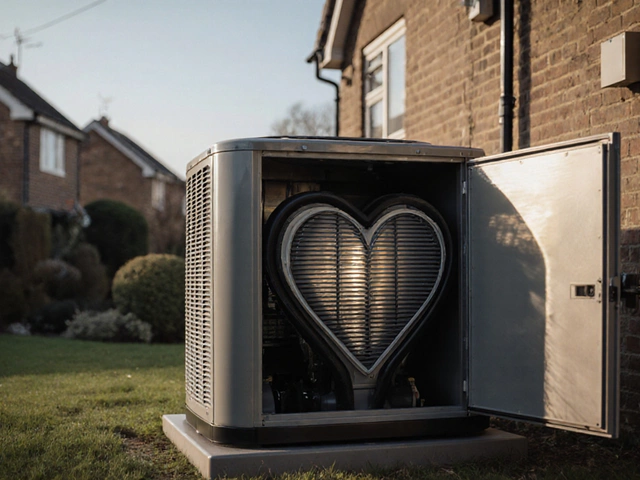Cost Breakdown for Broken Oven Repairs: A Comprehensive Guide
December 22 2024Fix Washer: Simple Solutions for Everyday Washing Machine Issues
If your washer suddenly stops spinning, leaks, or makes weird noises, you’re not alone. most people think they need a pricey call‑out, but many problems are easy to solve at home. In this guide we’ll walk through the most common faults and give you clear, practical steps to fix them yourself.
Why Your Washer Might Be Misbehaving
First, figure out what’s actually happening. Is the drum not turning, is there water where it shouldn’t be, or does the machine just won’t start? Write down the symptom – it narrows down the cause. Common culprits include a blocked pump, a broken lid switch, worn drive belts, or simple electrical issues like a tripped fuse.
Most modern washers have a diagnostic mode that flashes error codes. Look up the code in your user manual; it often points straight to the faulty part. If you don’t have a manual, a quick online search of the model number plus the code usually brings up a PDF you can download.
Easy DIY Fixes You Can Try Today
1. Check the power. It sounds basic, but a loose plug or a tripped breaker can stop a washer dead in its tracks. Reset the circuit breaker and make sure the outlet is working by plugging in a lamp.
2. Clean the filter and pump. Small objects like socks or lint can clog the pump, causing leaks or a spin‑fail. Turn off the machine, locate the pump filter (usually behind a small door at the front bottom), place a towel, unscrew the filter, and clear out debris.
3. Inspect the door or lid switch. If the door isn’t fully closed, the washer won’t run. The switch can wear out and fail to register a closed door. You can test it with a multimeter; continuity means it’s good. If it’s broken, a replacement switch is cheap and easy to install.
4. Replace a worn drive belt. Over time belts can crack or slip, leading to a drum that won’t spin. Remove the back panel, check the belt for cracks, and if it looks frayed, snap in a new one. Make sure it’s tight but not stretched.
5. Level the machine. An unbalanced washer can shake, make loud noises, and even stop mid‑cycle. Use a spirit level on the top of the tub; adjust the four feet until it’s even. This simple tweak often solves vibration problems.
After any fix, run a short wash cycle with no clothes to confirm everything works. Keep an eye on the machine for a few cycles to make sure the issue doesn’t return.
If you’ve tried these steps and the washer still misbehaves, it might be a more complex motor or control board problem. At that point, calling a certified gas engineer or appliance technician is the safest move. Trying to tinker with high‑voltage parts without proper knowledge can be dangerous.
Regular maintenance can keep many problems at bay. Clean the detergent drawer monthly, wipe the rubber seal after each use, and run a hot water “clean” cycle every few months to prevent mold and odors.
Fixing a washer doesn’t have to be a nightmare. By identifying the symptom, checking power and simple parts, and doing a bit of routine upkeep, you can extend the life of your machine and avoid costly service calls.
 7 May
7 May
Washer Problems: How to Diagnose Them Fast
Ever had your washing machine refuse to spin or make weird noises? This article gives you the inside scoop on diagnosing the most common washer problems without the guesswork. You'll get practical advice, easy checks you can do at home, and what to look for before calling in the pros. Catch the issue early and avoid spending a fortune on repairs. Save time, money, and maybe your favorite pair of socks.
Read More...



